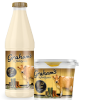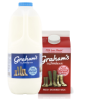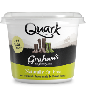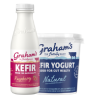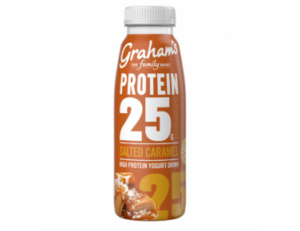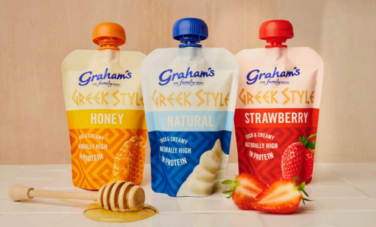
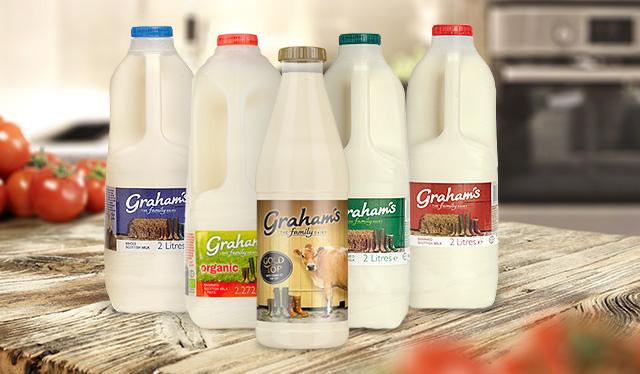
We’re back with another of our blogs bringing you the answer to your questions about milk and dairy. From writing our blog about homogenised milk, we know that many of you can sometimes be a little unsure about the terms we’re used to using around the dairy on a daily basis. That’s why we thought in this post we’d give you an answer to the question, ‘what is pasteurisation?
The best part is, it’s actually quite a good story!
What does pasteurisation mean?
Pasteurisation is the process of heating up milk to a high temperature for a short time and then cooling it down again quickly. The standard temperature used for the process is 71.7°C and the length of time it’s kept at that temperature for has to be at least 15 seconds and no longer than 25 seconds.
There are two reasons for doing this. One is that it kills any bacteria that may be in the milk, ensuring that it’s safe for consumption. The other is that doing this also increases the drinkable lifespan of the milk.
Who first pasteurised milk?
The process of pasteurisation is named after the man who discovered it, the French chemist and microbiologist Louis Pasteur. As well as being renowned for this, he created vaccines for rabies and anthrax. A talented man indeed!
Is it only milk that can be pasteurised?
The process of pasteurisation was discovered in France, so you may not be surprised to discover that the early experiments leading to it actually related to wine and not milk. It was Pasteur who discovered that yeast is what turns sugar into alcohol, sparking the change from grape juice to wine. However, the wine would occasionally spoil and develop a sour taste. Pasteur examined the wine under a microscope and found that rather than yeast, the living microbe he could see in it was something called Mycoderma aceti. He worked out that it was this (which is used to make vinegar) that was causing the wine to go sour.
From there, Pasteur realised that if he could find a way to kill off the microbes in the wine, he could find a way to stop it from souring. In France, this was a big enough issue that Pasteur was engaged by Emperor Napoleon III to work on the solution! Through experimentation the scientist was able to discover a timing and temperature combination that had the desired effect of killing off the unwanted microbes without affecting the taste and quality of the wine. This method for pasteurising wine was unveiled in 1864, but it wasn’t until the 1880s in Europe and early 1900s in the USA that milk began to be pasteurised too.
How does pasteurisation benefit you?
Because of pasteurisation you can be assured that the milk you drink is safe; all of our Graham’s milk is pasteurised as standard. As well as the reassurance this brings, it also extends the fridge life of the milk. This means that not only does it last longer in your homes, it’s also possible for us to distribute our products across the UK for you to enjoy. Admittedly, refrigerated lorries aid in this too – we think the old horse-drawn milk cart of the 1940s might have struggled to get from Bridge of Allan to Newcastle and back of a morning!

